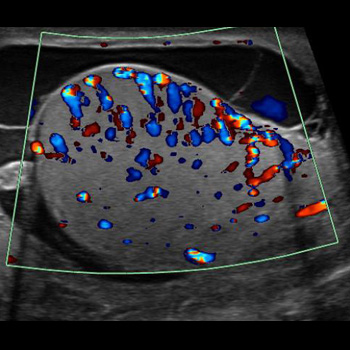Keywords
Haemophilus influenzae, epididymo-orchitis, immunocompetent
Abstract
Background: Epididymitis is a common cause of scrotal pain in adults, with coliform bacteria being the most common isolated organisms in patients older than 35.
Case presentation: A 51-year-old healthy patient presented with scrotal pain and swelling, and was found to have epididymo-orchitis and bacteraemia caused by Haemophilus influenzae, which has not previously been reported as a cause of epididymo-orchitis and bacteraemia in immunocompetent patients.
Discussion: Diagnostic studies can help confirm the diagnosis and detect the causative pathogen. In all suspected cases, a urinalysis, urine culture and a urine or urethral swab for nucleic acid amplification tests (NAATs) for Neisseria gonorrhoeae and Chlamydia trachomatis should be performed. Colour Doppler ultrasonography often shows an enlarged thickened epididymis with increased Doppler wave pulsation in epididymitis. H. influenzae are pleomorphic gram-negative rods that commonly colonise the human respiratory tract and are associated with a number of clinical conditions. H. influenzae has been reported as a cause of epididymo-orchitis in prepubertal boys, and in few cases were associated with positive blood cultures. In adults, H. influenzae has been isolated before from urine samples or urethral swabs in patients with epididymitis or epididymo-orchitis.
Conclusion: This case highlights the possibility of H. influenzae causing epididymo-orchitis and bacteraemia in immunocompetent patients. Healthcare providers should consider H. influenzae in the differential diagnosis of epididymitis and epididymo-orchitis in both immunocompetent and immunocompromised patients.
References

Views: 306
HTML downloads: 27
PDF downloads: 270
Published:
2023-12-15
Issue:
2024: Vol 11 No 1
(view)










